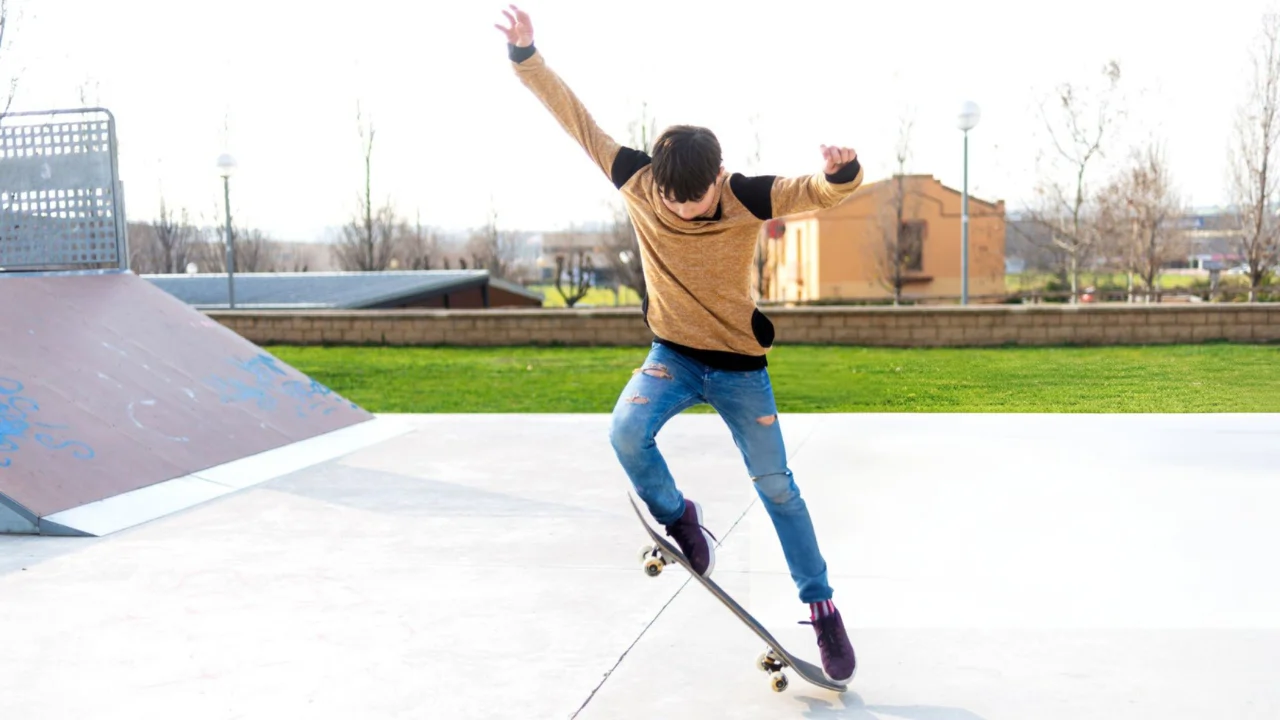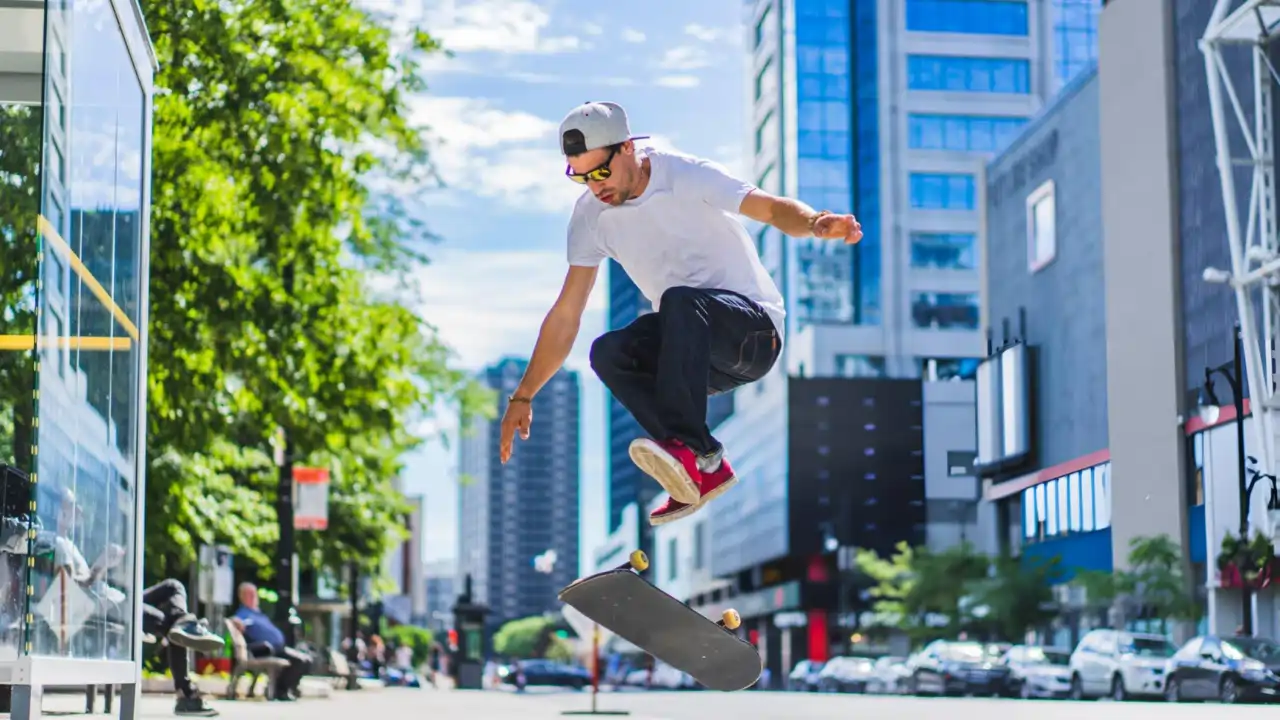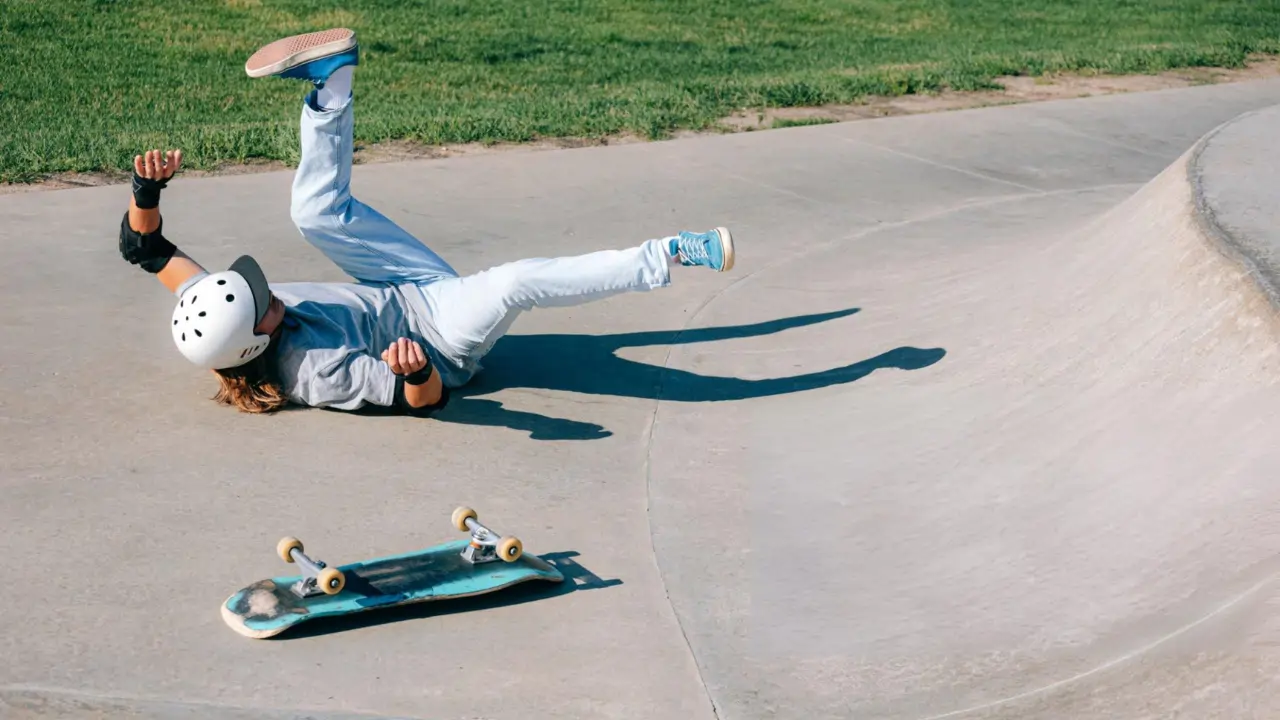How to Kickflip on a Skateboard – Ultimate 4 Steps Guide

Kickflips are among the most iconic tricks in skateboarding, combining skill, precision, and style. This article is a comprehensive guide on “How to Kickflip on a Skateboard” perfect for beginners eager to elevate their skateboarding skills. Whether you’re a young enthusiast like Jake, aiming to impress at the local skatepark, or someone looking to refine their technique, mastering the kickflip can be a game changer.
This trick involves an ollie and a precise flick of the board with your front foot. In the following sections, we will break down each step, address common issues, and provide tips to keep you motivated. Get ready to flip your way into the skateboarding community with confidence!
Key Takeaways
Kickflipping Techniques:
- Foot Positioning: Proper placement of feet is essential for control and to facilitate easier flips.
- Flick Technique: Mastering the correct flicking motion of the skateboard is crucial for achieving the right spin and height.
- Practice Tips: Consistent, focused practice is vital to mastering the kickflip.
Table of Contents
Understanding the Kickflip – How to Kickflip on a Skateboard

The kickflip isn’t just a trick; it’s a rite of passage for skateboarders. It involves launching into an ollie and then using your front foot to flick the skateboard, causing it to spin 360 degrees along its axis. Mastering this requires understanding the balance and timing between these movements. The kickflip evolved from the earlier “magic flip,” introduced by skateboarding legends in the 1980s, transforming the skateboarding world forever. By learning the mechanics behind the ollie and the flick, you’ll develop a foundation not just for kickflips but for more advanced skateboarding tricks as well.
Preparation and Safety
Before attempting to kickflip, it’s crucial to gear up properly to prevent injuries. Essential safety gear includes a skate helmet, knee pads, and elbow pads. Additionally, selecting a skateboard that suits your style and body size can significantly impact your ability to learn tricks effectively. Start your practice in a safe, flat area like a skatepark or a smooth pavement. It’s also beneficial to perform stretches and warm-up exercises to increase your flexibility and reduce the risk of strains. Remember, safety is key to enjoying skateboarding and learning new tricks without setbacks.
Step-by-Step Guide – How to Kickflip on a Skateboard

Step 1: Foot Placement
Mastering a kickflip starts with getting your foot placement right. Position your back foot so that the ball of your foot is on the tail of the skateboard, ready to pop it into the air. Your front foot should be near the middle of the board, just behind the front bolts, angled slightly towards the nose. This placement is not arbitrary; it’s strategic, ensuring you maintain balance and have full control over the skateboard’s motion. Proper foot positioning is crucial as it affects your ability to effectively pop the skateboard and execute the subsequent flick, setting the foundation for a successful kickflip.
Step 2: The Ollie
Before diving into kickflips, it’s essential to master the ollie. This fundamental trick involves snapping the tail of the skateboard down while jumping, causing the board to lift into the air with you. A clean and consistent ollie is vital as it is the launching point for a kickflip. Make sure you can perform ollies comfortably and consistently, as this will greatly improve your ability to integrate the kickflip’s additional movements. Focus on achieving height and stability in your ollies, as these elements are crucial when transitioning into more complex tricks.
Step 3: The Flick
After executing the ollie, the next critical move is the flick. This is where the magic of the kickflip really happens. As you reach the apex of your ollie, use your front foot to flick the board’s edge near the front bolts, doing so with a sharp, swift motion outward and slightly up. This flick is what causes the board to spin in the air. The timing of your flick is crucial; too early or too late and the board won’t spin correctly. Practice the flick separately if needed, aiming for a crisp, clean motion that consistently causes the board to spin fully.
Step 4: The Catch and Land
As the board completes its spin, watch for the grip tape to come back around, signaling it’s time to catch the board with your feet. Aim to land with your feet over the trucks, the sturdiest parts of the board, to maintain balance and control upon landing. This phase requires precise timing and a good eye for tracking the board as it spins. Practice will make this easier, as you’ll get better at predicting the board’s movement and timing your landing. Keep refining your foot positioning and the smoothness of your landing to ensure every kickflip ends as stylishly as it began.
Common Mistakes and How to Fix Them

Many beginners face challenges like flicking too hard or not hard enough, which disrupts the board’s spin. Ensure your flick is neither too timid nor overly aggressive. Incorrect foot placement can also lead to unsuccessful flips. Focus on precise foot alignment and practice consistently to improve muscle memory. If you find yourself losing balance in the air or landing off-center, return to practicing ollies and slowly integrate the flick as you gain confidence.
Advanced Tips for Consistent Kickflips
Once you’re comfortable with basic kickflips, you can start refining your technique to make your flips more consistent. Focus on perfecting your flick’s timing and accuracy. Experiment with different board setups and skate on various surfaces to adapt your skills to any environment. Regular practice and a commitment to progression will not only improve your kickflips but also build your overall confidence in skateboarding.
Encouragement and Motivation
Learning to kickflip can be a challenging but rewarding experience. It’s common to face setbacks, but perseverance is key. Remember that even professional skateboarders have had to practice relentlessly to perfect their techniques. Stay motivated by setting small, achievable goals and gradually advancing to more complex tricks. Celebrate your progress, and don’t hesitate to share your experiences and seek advice from more experienced skaters.
Conclusion about kickflip on a Skateboard
Kickflipping is not just a trick; it’s a testament to your dedication and progress in the world of skateboarding. By meticulously following the steps outlined in this guide and committing to regular, focused practice, you will soon be landing kickflips with ease. This trick can significantly boost your confidence and add flair to your skateboarding repertoire, allowing you to truly captivate audiences at your local skatepark.
Remember, the key to mastering the kickflip, like any skateboarding skill, lies in persistence and a positive attitude. Embrace each practice session as an opportunity to improve, and don’t get discouraged by setbacks. Challenge yourself to push beyond your current limits, and take the time to enjoy every moment on your skateboard. With enthusiasm and perseverance, you’ll not only succeed in kickflipping but also in experiencing the full joy and community of skateboarding. Happy skateboarding!
